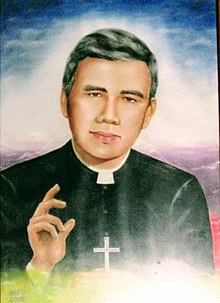1920
1931
1932
1934
1936
1939
1940
1941
1942
1943
1944
1945
1949
1950
1951
1952
1955
2017















